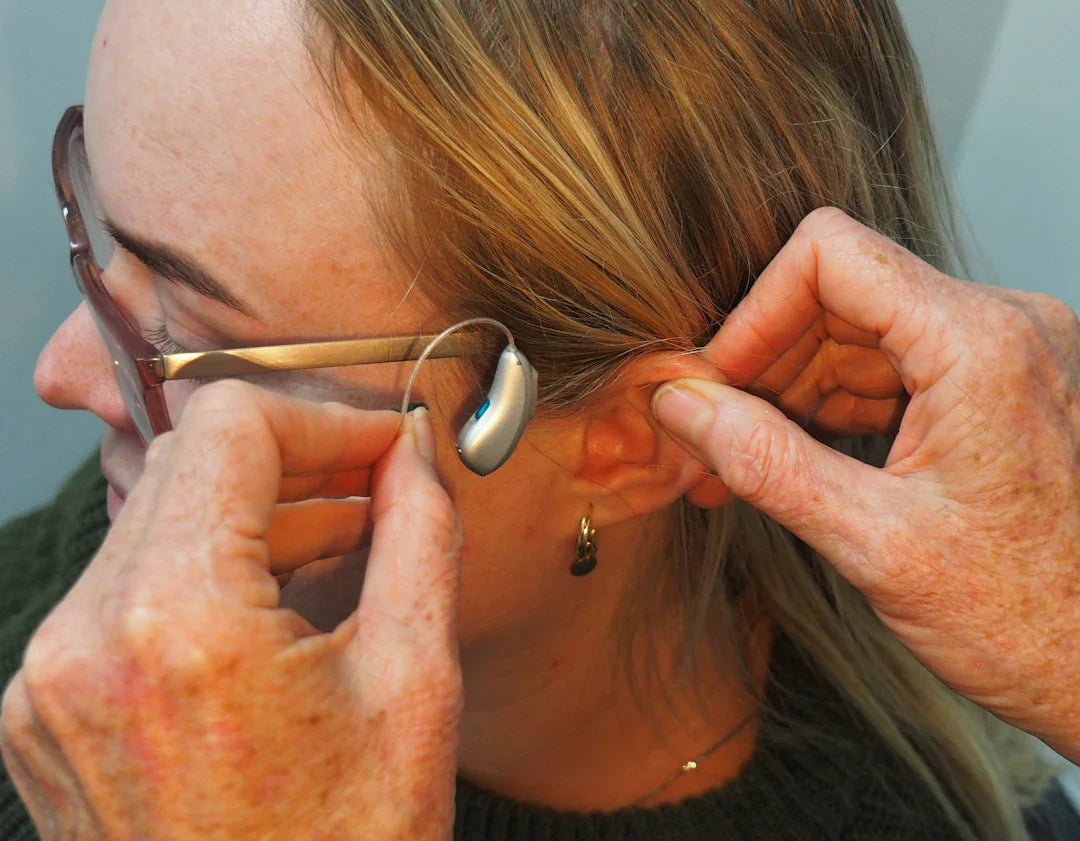As the world continues to embrace technological advancements, the realm of hearing aids is no exception. With innovations occurring at a rapid pace, understanding the future of hearing aid technology is essential not only for hearing aid users but also for industry professionals and enthusiasts. In this article, we’ll explore the upcoming trends that are set to revolutionise the hearing aid landscape, including battery technology, connectivity features, and the growing importance of earwax removal.
What’s Shaping the Future of Hearing Aids?
The evolution of hearing aids has come a long way from the rudimentary devices of the past. The focus now is on improving user experience through sophisticated features that enhance sound quality and convenience. Here are some key trends to keep an eye on:
1. Advanced Battery Technologies
One of the most significant developments in hearing aid technology is the introduction of advanced battery solutions. With models like the Signia Pure Charge & Go 3AX, rechargeable designs are becoming increasingly popular. These modern batteries not only offer the convenience of eliminating constant battery replacement but also boast longer life and enhanced performance.
Future battery technologies promise faster charging times and greater longevity, allowing users to enjoy their devices without frequent interruptions. Look for innovations such as solar charging and developments in lithium-ion batteries that could redefine how we view hearing aid power sources.
2. Enhanced Connectivity Features
In today’s digital world, connectivity is crucial. Hearing aids are now equipped with Bluetooth technology, allowing users to connect to smartphones and other devices seamlessly. This feature allows users to stream music, take calls, and access their favourite apps directly through their hearing aids, providing an integrated audio experience.
As technology progresses, we can expect to see even deeper integration with smart home devices, health monitoring systems, and wearable technology. This connectivity trend not only enhances user experience but also presents opportunities for remote adjustments and support from audiologists.
The Role of Artificial Intelligence
Artificial Intelligence (AI) is making waves across multiple industries, and the hearing aid sector is no exception. AI enhancements are being incorporated into hearing aids to improve sound processing capabilities.
1. Personalisation of Sound Profiles
One of the most exciting trends is the ability of hearing aids to learn and adapt to a user's listening preferences. Through AI, devices can analyse the environment and automatically adjust sound settings based on the acoustics of the space, ensuring optimal hearing in various settings, whether noisy or quiet.
2. Real-time Noise Management
AI technology also enhances real-time noise management. Users can experience more focus on conversations while minimising background noise. This functionality is particularly beneficial in social environments, allowing individuals to engage more fully with the people around them.
Telehealth and Remote Services
The COVID-19 pandemic has accelerated the adoption of telehealth services across various medical fields, and audiology is no exception. The future of hearing aids will likely feature increased remote monitoring capabilities that provide users with access to professional support without the need for in-person visits.
1. Remote Adjustments
Remote fittings and adjustments allow audiologists to fine-tune hearing aids based on user feedback, ensuring optimal performance. This feature is particularly advantageous for those who live in remote areas or have mobility challenges, as it eliminates the barriers related to traditional office visits.
2. Keeping Health Records
Telehealth technology also provides opportunities for better tracking of hearing health. Users can maintain comprehensive health records that audiologists can access, making it easier to monitor changes over time and adjust treatment plans as necessary.
Design Innovations and User Experience
As hearing aids become more advanced, manufacturers are putting extra emphasis on design and user experience. Modern hearing aids are sleek, discreet, and in many cases, virtually invisible.
1. Customisation Options
With advancements in 3D printing technology, custom hearing aids are becoming more accessible. Users can enjoy a tailored fit that improves comfort and sound delivery. Customisation also extends to aesthetics, allowing individuals to choose colours and styles that match their personal preferences.
2. User-Friendly Interfaces
Touch controls and intuitive app interfaces are becoming standard features, making it easier for users to adjust settings as per their needs. Increased focus on simplicity means that users can enjoy all the benefits of modern technology without feeling overwhelmed.
The Importance of Earwax Removal
Despite all these advancements, one aspect of hearing health that remains crucial is the management of earwax. Proper ear hygiene significantly impacts the performance of hearing aids. Residue from earwax can hinder sound clarity and the overall effectiveness of the devices.
1. Professional Earwax Removal Services
As hearing aid utilisation increases, so does the need for earwax removal services. Regular professional cleanings ensure that hearing aids perform at their best and can assist in maintaining optimal hearing health.
2. At-Home Care Tips
Users can also take proactive measures at home to manage earwax build-up. Regularly checking for signs of excessive wax, using earwax drops, and following expert advice on hygiene practices can all contribute to sustained auditory health and enhance the effectiveness of hearing aids.
Collaborative Community and Support
The future of hearing aid technology also points towards building a more supportive community for users. Enhanced online platforms and social media groups provide spaces where individuals can share experiences, advice, and encourage one another on their hearing journeys.
1. Online Support Groups
These forums can serve as valuable resources for new users navigating their hearing aid experience. Through these platforms, users can discover best practices, find answers to common questions, and connect with others undergoing similar challenges.
2. Advocacy for Hearing Health
More than just technology, the future of hearing aids will also involve advocacy for awareness around hearing health. Campaigns aimed at educating the public on the importance of regular hearing checks and the latest innovations in hearing aid technology will foster a more informed community.
The Road Ahead
As we look ahead to the future of hearing aid technology, the landscape is undeniably shifting toward enhanced auditory experiences, greater connectivity, and personalized user engagement. With trends like the integration of AI, advanced battery technologies like the Signia Pure Charge & Go 3AX, and the importance of earwax removal gaining attention, users can expect a more seamless and effective hearing experience than ever before.
Embracing these incredible advancements is crucial not just for those who use hearing aids but also for the industry as a whole. By staying ahead of the curve, we can foster a more inclusive society where every individual has access to the hearing experiences they deserve.




